In my kitchen cupboard rests an old cup that I've been waiting a long time to drink from. It wobbles, and it's so dull and tarnished it's hard to discern its original silver color, yet I treasure it.
Years before my beloved paternal grandparents passed away, they gave me the kiddush cup. It was the same one my grandmother's grandpa said the blessing over on Shabbat evenings back in pre-world war era Poland.
My grandparents passed it down to me with the promise that once I got married, my husband, children, and I would say the Kiddush with that cup, just like my great-grandfather did with his family.
That day will soon arrive. But first, at the time of this writing, days from now, my fiancé and I will drink from that cup under the chuppah -- the wedding canopy.
During our wedding ceremony, the rabbi will wrap my groom and me in an old tallit, or prayer shawl, worn in a shtetl in Russia and then in early 20th-century America by my other grandpa -- my mom's cherished father who died two weeks before my second birthday.
I was too young when he died to remember him, yet I feel like I knew him through charming anecdotes about him imparted to me by family. Under the chuppah, he will be embracing my beloved and me -- with the help of that tallit wrapped around us.
Even though my two sets of grandparents, who have all passed away, can't be at the wedding, these objects will stand in for them. Their presence will ensure that a piece of them will be there with us, kvelling, whispering to my fiancé and me blessings for a marriage of joy, peace, companionship, and longevity, like the marriages they had.
It's amazing to think about how much that tallit and kiddush cup have seen: pogroms in Eastern Europe, a rocky boat ride on the Atlantic enroute to Ellis Island, their first tastes of liberation on American shores, the struggle to start over in a free, yet strange place.
Now, for my new family, these objects will witness very different daily lives, where we can practice our Judaism openly and proudly, at a time when these objects represent some of the few remaining possessions that work without a screen, battery, or hard drive.
Yet, these holy objects still serve their original purpose as they had for my forefathers in another time and place. Indeed, they still separate the mundane from the holy; they still signify family, ritual, and continuity.
All families, like mine, have objects that tell stories. The Illinois Holocaust Museum & Educational Center is currently running Stories of Survival: Object. Image. Memory., an exhibit supported by the JUF Breakthrough Fund, showcasing more than 60 artifacts saved by survivors of the Holocaust and other genocides.
The everyday possessions on display include an electric train set salvaged by Jews escaping Nazi Germany; a doll given to a little girl by her father when reuniting with his family after imprisonment in a Bosnian concentration camp; and a set of dominoes belonging to a refugee from Iraq and Syria. The exhibition examines the relationship between objects, their meaning to the original owner, and their enduring meaning today.
Objects are more than just things. They carry memory and connect us to the roots of our family trees. Jewish celebrity interior designer Nate Berkus explores why things matter in his beautiful 2012 coffee table book titled The Things That Matter.
"Each object tells a story and each story connects us to one another and to the world," Berkus writes. "The truth is, things matter. They have to. They're what we live with and touch each and every day. They represent what we've seen, who we've loved, and where we hope to go next."


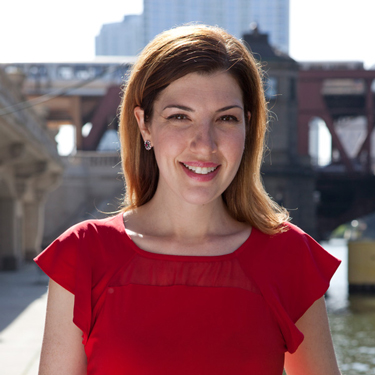
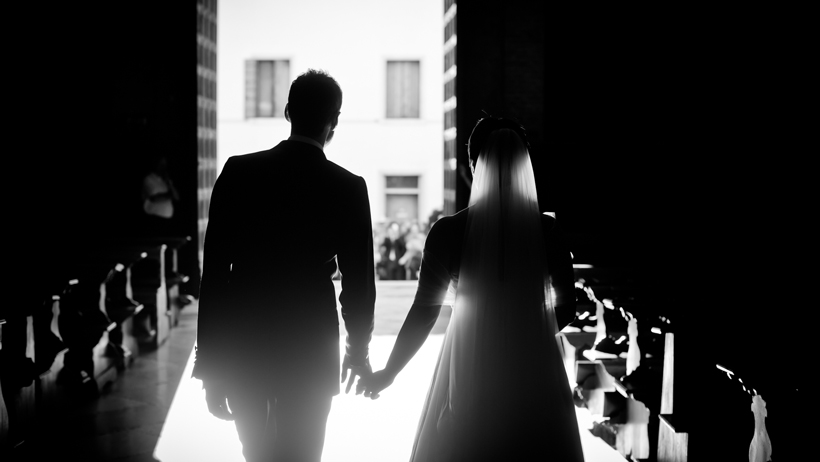
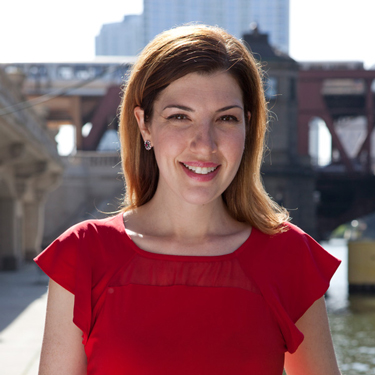
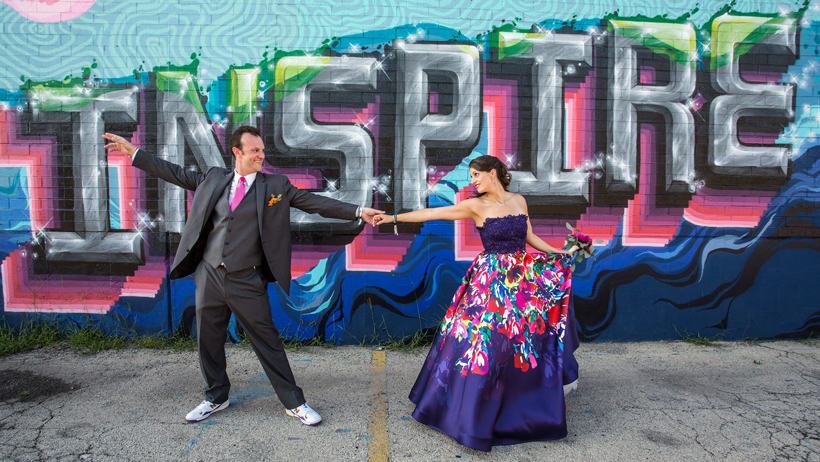
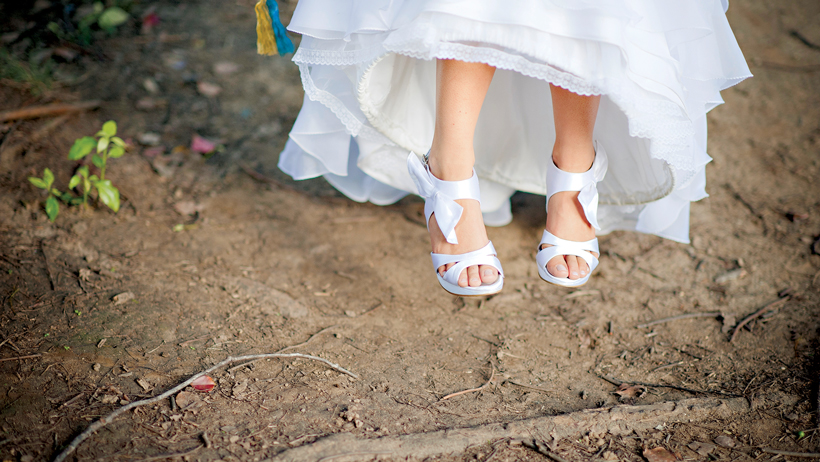
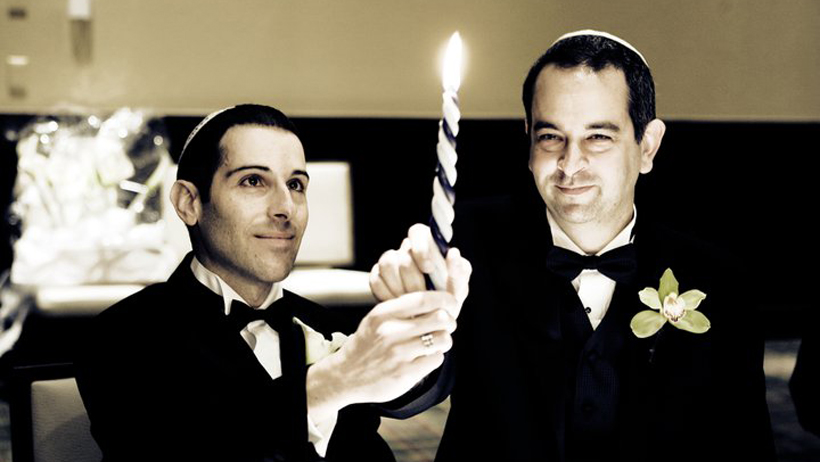
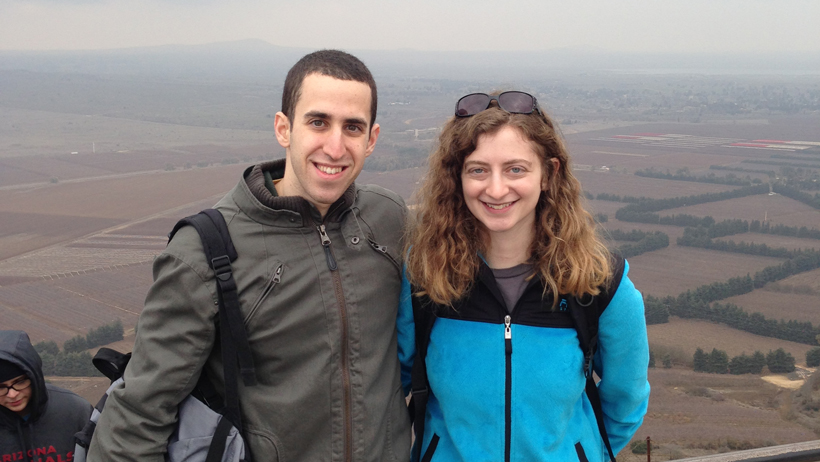

.jpg)



